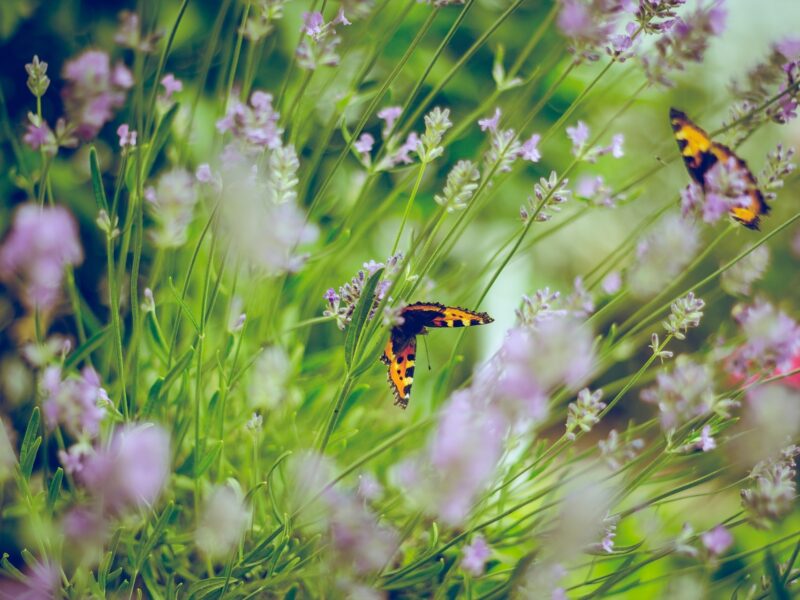
The type of garden known today as a Zen Garden is called in Japanese kare san-sui, or dry landscape. They are found in temple and palace gardens in Japan.
These minimalist arrangements of gravel, sand and stones were used as the focus of meditation. Zen Buddhists regard nature as inspirational, and value a lifestyle that is in balance with the flow of natural forces.
All the various elements found in Zen Japanese gardens have symbolic meaning. Rocks or garden stones, for example, may represent the sky or the earth, depending on whether they are vertically or horizontally shaped. Gravel and sand are also significant elements, often symbolising water.
Plants tend to be used sparingly in Zen gardens. Certain plants and trees, however, may be introduced for their symbolic value. Pine trees, with their sharp-edged bark, are a prime example.
You too can create a Zen garden in which you can relax and meditate. All you need is a small area. Here’s how.
- The ideal area for your dry Zen garden should be at least 5 feet square. Stake out the area and level it and clear it of all weeds and undergrowth.
- When creating your Zen garden, think about these themes; space, flow, simplicity.
- Find the stones that you wish to arrange and determine which side of the stone should be facing upright. Buddhists believe that stones have a ‘happy face’, so handle the stones, turn them around and examine them from all angles.
- Place the stones in their resting position. Remember that the stones will look best if there are partially buried in the earth.
- Traditionally, Zen compositions have 5 groups of 3 stones, arranged asymmetrically. But experiment and do what works for your garden.
- Create an edge around the whole composition with brick, natural stone or rot resistant lumber.
- Lay down permeable landscaping fabric, cutting holes for the stones, and stake it to the ground.
- Pour 2 to 4 inches of sand or fine gravel evenly over the fabric.
- Rake the sand or gravel in to smooth curves around the stones and straight lines along the rest of the area.
- You may not want to restrict your Zen garden to dry stones and gravel, many Zen gardens also include plants and mosses as well as shrine lanterns, bridges and water features.
- Remember, the design and creation of your Zen garden is as much a part of the process as the contemplation and meditation itself.
If you don’t have a large enough area outdoors for a Zen garden, table top sand gardens and sandbox-sized trays are available from garden shops or online.
Small-scale gardens are easy to maintain and can be enjoyed by continually creating new and more pleasing compositions of sand and stones, or through the simple practice of quiet meditation.


